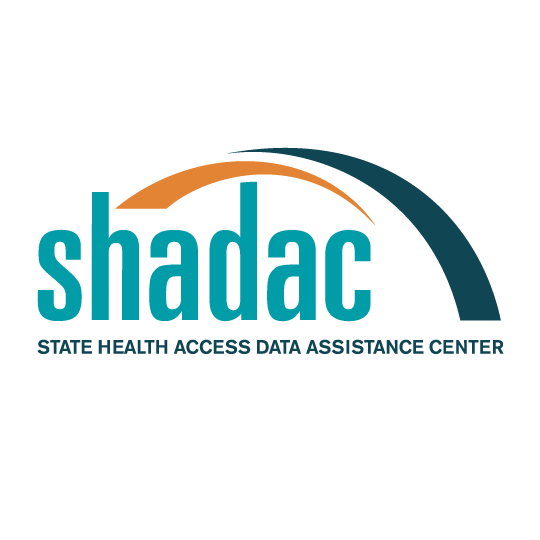Blog & News
The Changing Opioid Epidemic: National Trends, 2000-2016
February 20, 2019:When the U.S. Centers for Disease Control and Prevention began raising alarms about the growing epidemic of opioid overdose deaths in 2011, the problem was mostly related to prescription painkillers. But in a new issue brief, SHADAC researchers find that the opioid crisis has transformed quickly in just a few years.
This blog post highlights a new SHADAC brief that uses vital statistics data from the CDC WONDER system to analyze differences in trends of overdose deaths for different types of opioids (i.e., prescription painkillers, heroin and synthetic opioids). This national-focused brief is a companion piece to a brief that provides a state-focused background on the problem of opioid overdoses.
Key Findings
Although death rates from prescription painkillers have continued to increase, they have been rapidly outpaced by deaths from illegally trafficked opioids like heroin and fentanyl. From 2000 to 2016, death rates from prescription painkillers increased more than four times. During that same time, death rates from heroin increased more than seven times, and death rates from synthetic opioids increases more than 22 times (Figure 1).
The brief also examines differences in opioid overdose deaths across different subpopulations, looking at trends by age, race/ethnicity, sex, and urbanization. For example, the brief finds that death rates from prescription painkillers were highest in rural areas and small/medium cities, while death rates from heroin and synthetic opioids were highest in large cities during the time period studied. Additionally, prescription painkiller death rates were highest among adults ages 45-54, but deaths from heroin and synthetic opioids were highest among adults ages 25-34.
Want to Learn More? Explore the Data at State Health Compare
SHADAC's State Health Compare tool includes the CDC Wonder data about opioid-related deaths used for this analysis. Click here to explore, visualize, and/or download the data.









